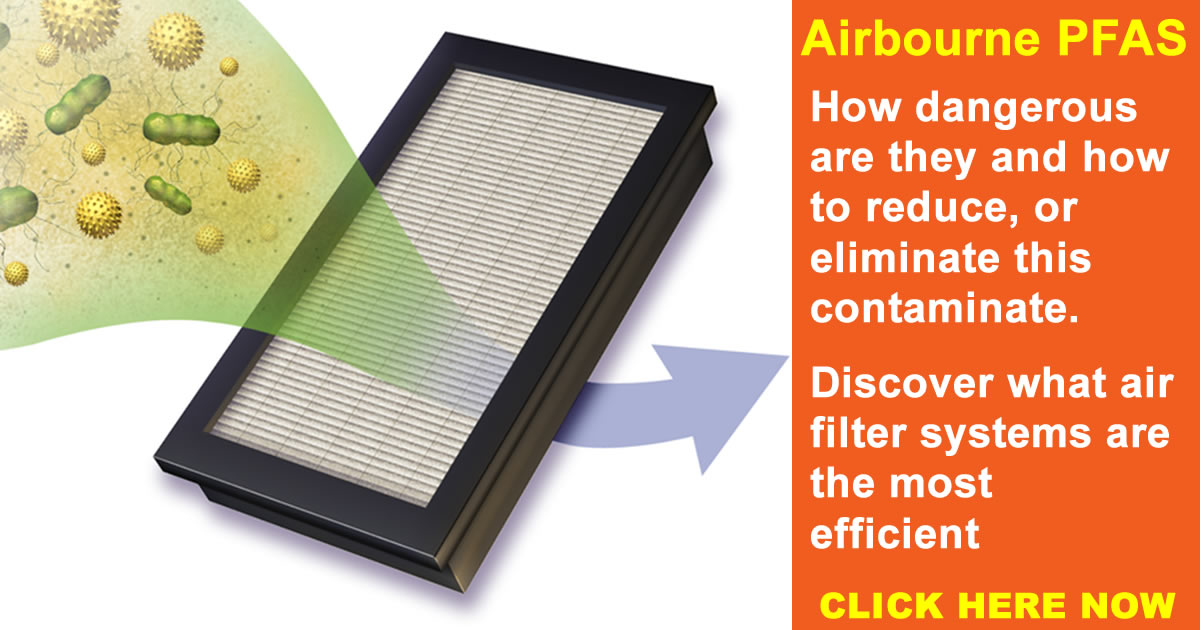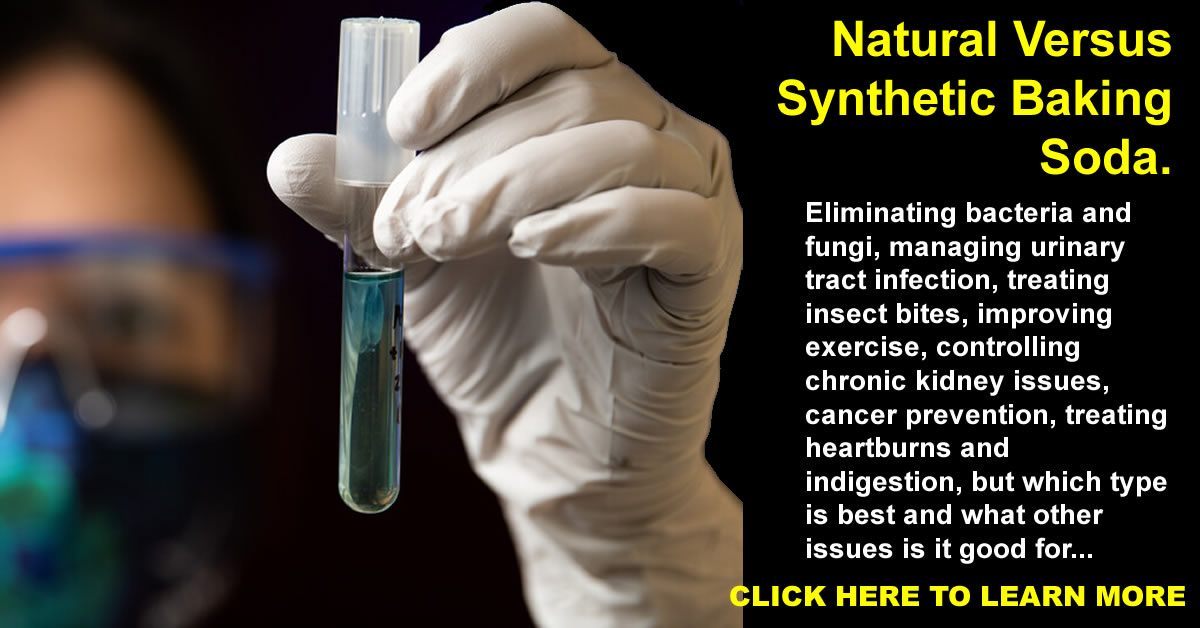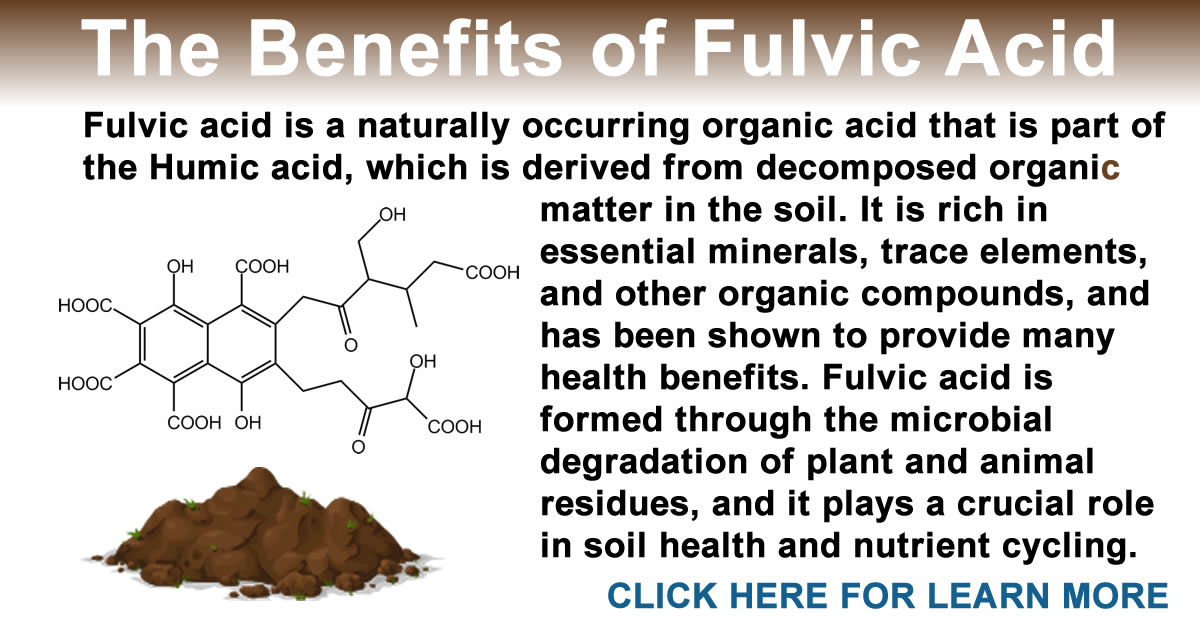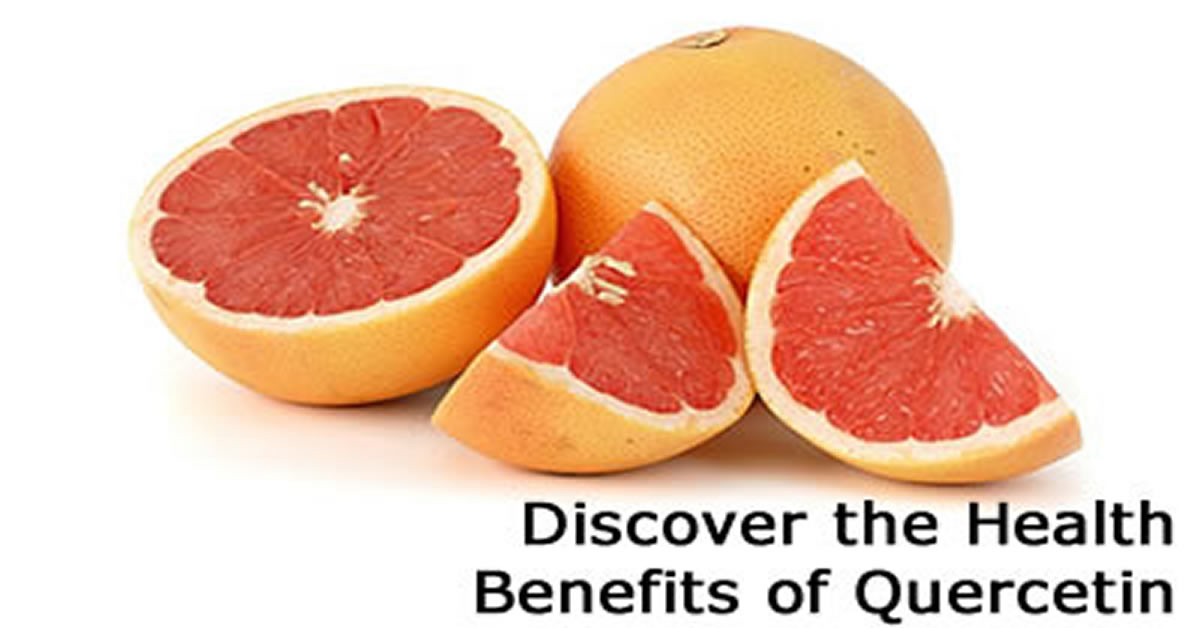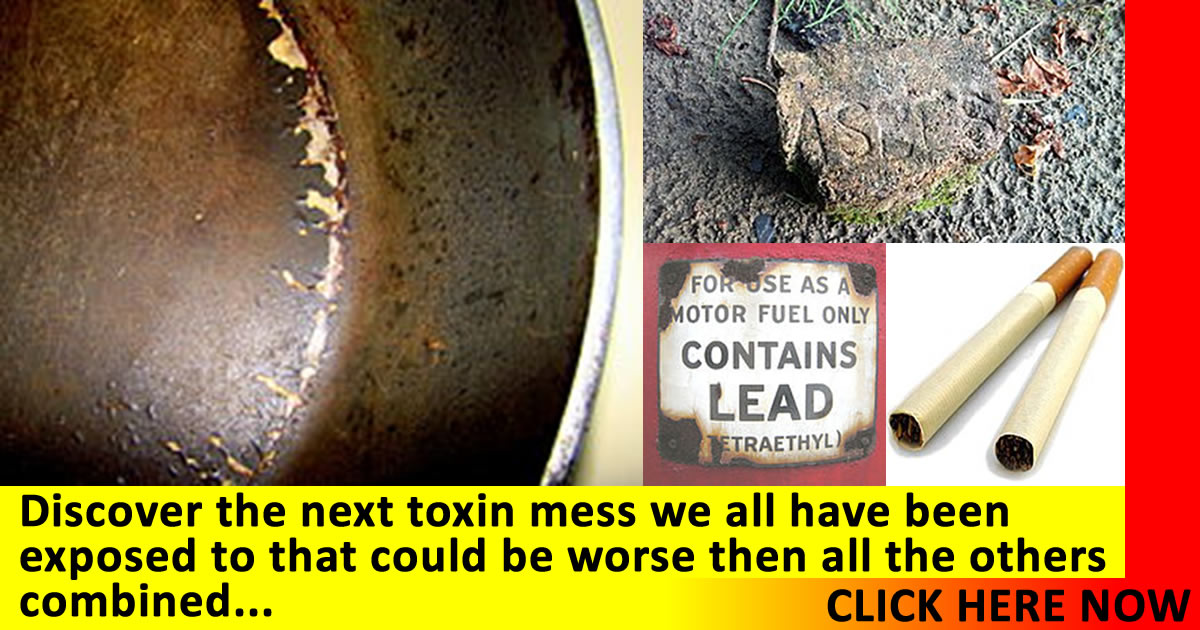
PFAS… the New Asbestos/Lead/Tabacco Crisis all Rolled up Into One…
What We Need to Know and How to Solve It.
PFAS (per- and polyfluoroalkyl substances),contamination in the United States has been a growing concern due to its widespread exposure and serious potential health implications[1]. Some of us remember the good-ole days when TV ads where promoting “non-stick-Teflon™” cookware, that was the end-all, be-all to our chef “avant-garde” cooking failures. Just as all American dreams sooner or later are called into question, the “perfect” American cookware was one of them.
 Commonly known in the consciousness of the American pubic as “Teflon™”, the latest alarms are on drinking straws, especially “eco-friendly” straws[2]–[3]. Let’s not forget paper coffee cups, fast food wrappers and plastic bottles. Ever let a half-full paper coffee cup just sit for about an hour and see what happens to it and how it smells? For all of you coffee lovers and Café owners out there, here is an article you might find important[4]. We will also provide information on how you can reduce your exposure to these substances in easiley.
Commonly known in the consciousness of the American pubic as “Teflon™”, the latest alarms are on drinking straws, especially “eco-friendly” straws[2]–[3]. Let’s not forget paper coffee cups, fast food wrappers and plastic bottles. Ever let a half-full paper coffee cup just sit for about an hour and see what happens to it and how it smells? For all of you coffee lovers and Café owners out there, here is an article you might find important[4]. We will also provide information on how you can reduce your exposure to these substances in easiley.
Perfluorooctanoic acid (PFOA) and perfluorooctane sulfonate (PFOS) are part of a large group of lab-made chemicals known as PFAS. Also known as “forever chemicals”, they achieved this name because they last forever. PFAS are considered toxic at extremely low levels (i.e. parts per quadrillion)[5].I t was recently alleged that they can only be destroyed via high heat, however, an incinerator project in New York that claimed to be able to destroy PFAS was actually causing it to become aerosolized, releasing them into the local environment[6].
Long-term exposure to PFAS has been associated with various health issues and are bioaccumulative. PFOS and PFOA were detected in the blood serum of 99% of the United States (US) general population that was tested between 1999 and 2012[7]–[8]. Evaluations of umbilical cord blood and breast milk reveal that exposure to PFAS commences even before birth[9]. To review a comprehensive list of what PFAS can be found in Click Here.
- Common PFAS Compounds:
- Perfluorooctanoic Acid (PFOA): Historically used in producing non-stick coatings.
- Perfluorooctanesulfonic Acid (PFOS): Found in firefighting foams and certain consumer products.
- GenX: A newer replacement for some PFAS compounds, though its potential risks are still being studied.
Health Concerns:
 Health Effects: Long-term exposure to PFAS has been associated with various health issues,
Health Effects: Long-term exposure to PFAS has been associated with various health issues,
- Increased cholesterol levels[10],
- Thyroid function[11],
- Immune system disruption[12],
- Reproductive/Infertility (PFAS have been associated with increased incidence of gestational diabetes, childhood obesity, preeclampsia, and fetal growth restriction)[13]–[14]
- Developmental problems[15]
- Liver disease[16]–[17],
- Kidney disease[18],
- Cancer[19].
- Bioaccumulation: These chemicals can bioaccumulate in living organisms, leading to higher concentrations in animals higher up the food chain, potentially impacting human health[20].
NEXT: How to Reduce Air Exposure to PFAS
NEXT>>>
Citations
[1] Langenbach B, Wilson M. Per- and Polyfluoroalkyl Substances (PFAS): Significance and Considerations within the Regulatory Framework of the USA. Int J Environ Res Public Health. 2021 Oct 23;18(21):11142. doi: 10.3390/ijerph182111142. PMID: 34769660; PMCID: PMC8583519
[2] Boisacq P, De Keuster M, Prinsen E, Jeong Y, Bervoets L, Eens M, Covaci A, Willems T, Groffen T. Assessment of poly- and perfluoroalkyl substances (PFAS) in commercially available drinking straws using targeted and suspect screening approaches. Food Addit Contam Part A Chem Anal Control Expo Risk Assess. 2023 Sep;40(9):1230-1241. doi: 10.1080/19440049.2023.2240908. Epub 2023 Aug 24. PMID: 37619405. https://pubmed.ncbi.nlm.nih.gov/37619405/
[3] https://theconversation.com/eco-friendly-straws-contain-potentially-toxic-chemicals-posing-a-threat-to-people-and-wildlife-212472
[4] https://mtpak.coffee/2023/05/takeaway-coffee-cupsforever-chemicals/
[5] Bonato M, Corrà F, Bellio M, Guidolin L, Tallandini L, Irato P, Santovito G. PFAS Environmental Pollution and Antioxidant Responses: An Overview of the Impact on Human Field. Int J Environ Res Public Health. 2020 Oct 30;17(21):8020. doi: 10.3390/ijerph17218020. PMID: 33143342; PMCID: PMC7663035.
[6] https://news.northwestern.edu/stories/2022/08/forever-chemicals-destroyed-by-simple-new-method/
[7] USEPA, 2016a. Drinking Water Health Advisory for Perfluorooctane Sulfonate (Pfos). Office of Water Health and Ecological Criteria Division.
[8] Olsen GW, Burris JM, Ehresman DJ, Froehlich JW, Seacat AM, Butenhoff JL & Zobel LR, 2007. Half-Life of Serum Elimination of Perfluorooctanesulfonate,Perfluorohexanesulfonate, and Perfluorooctanoate in Retired Fluorochemical Production Workers. Environmental health perspectives, 115:9:1298.
[9] Chen MH, Ha EH, Wen TW, Su YN, Lien GW, Chen CY, Chen PC, Hsieh WS. Perfluorinated compounds in umbilical cord blood and adverse birth outcomes. PLoS One. 2012;7(8):e42474. doi: 10.1371/journal.pone.0042474. Epub 2012 Aug 3. PMID: 22879996; PMCID: PMC3411780.
[10] Liu B, Zhu L, Wang M, Sun Q. Associations between Per- and Polyfluoroalkyl Substances Exposures and Blood Lipid Levels among Adults-A Meta-Analysis. Environ Health Perspect. 2023 May;131(5):56001. doi: 10.1289/EHP11840. Epub 2023 May 4. PMID: 37141244; PMCID: PMC10159273.
[11] Zhang L, Liang J, Gao A. Contact to perfluoroalkyl substances and thyroid health effects: A meta-analysis directing on pregnancy. Chemosphere. 2023 Feb;315:137748. doi: 10.1016/j.chemosphere.2023.137748. Epub 2023 Jan 4. PMID: 36610509.
[12] von Holst H, Nayak P, Dembek Z, Buehler S, Echeverria D, Fallacara D, John L. Perfluoroalkyl substances exposure and immunity, allergic response, infection, and asthma in children: review of epidemiologic studies. Heliyon. 2021 Oct 12;7(10):e08160. doi: 10.1016/j.heliyon.2021.e08160. PMID: 34712855; PMCID: PMC8529509.
[13] Tarapore P, Ouyang B. Perfluoroalkyl Chemicals and Male Reproductive Health: Do PFOA and PFOS Increase Risk for Male Infertility? Int J Environ Res Public Health. 2021 Apr 5;18(7):3794. doi: 10.3390/ijerph18073794. PMID: 33916482; PMCID: PMC8038605.
[14] Szilagyi JT, Avula V, Fry RC. Perfluoroalkyl Substances (PFAS) and Their Effects on the Placenta, Pregnancy, and Child Development: a Potential Mechanistic Role for Placental Peroxisome Proliferator-Activated Receptors (PPARs). Curr Environ Health Rep. 2020 Sep;7(3):222-230. doi: 10.1007/s40572-020-00279-0. PMID: 32812200; PMCID: PMC7473499.
[15] Stübner C, Ebel M, Jakobsson K, Gillberg C, Nielsen C, Miniscalco C. Developmental language disorders in preschool children after high exposure to perfluoroalkyl substances from contaminated drinking water in Ronneby, Sweden. Environ Epidemiol. 2022 Dec 14;7(1):e233. doi: 10.1097/EE9.0000000000000233. PMID: 36777530; PMCID: PMC9916036.
[16] https://www.nih.gov/news-events/nih-research-matters/study-links-synthetic-chemicals-liver-damage
[17] Ducatman A, Fenton SE. Invited Perspective: PFAS and Liver Disease: Bringing All the Evidence Together. Environ Health Perspect. 2022 Apr;130(4):41303. doi: 10.1289/EHP11149. Epub 2022 Apr 27. Erratum in: Environ Health Perspect. 2022 Jun;130(6):69001. PMID: 35475651; PMCID: PMC9044975
[18] Conway BN, Badders AN, Costacou T, Arthur JM, Innes KE. Perfluoroalkyl substances and kidney function in chronic kidney disease, anemia, and diabetes. Diabetes Metab Syndr Obes. 2018 Nov 15;11:707-716. doi: 10.2147/DMSO.S173809. PMID: 30532572; PMCID: PMC6244585.
[19] Steenland K, Winquist A. PFAS and cancer, a scoping review of the epidemiologic evidence. Environ Res. 2021 Mar;194:110690. doi: 10.1016/j.envres.2020.110690. Epub 2020 Dec 30. PMID: 33385391; PMCID: PMC7946751.
[20] Fenton SE, Ducatman A, Boobis A, DeWitt JC, Lau C, Ng C, Smith JS, Roberts SM. Per- and Polyfluoroalkyl Substance Toxicity and Human Health Review: Current State of Knowledge and Strategies for Informing Future Research. Environ Toxicol Chem. 2021 Mar;40(3):606-630. doi: 10.1002/etc.4890. Epub 2020 Dec 7. PMID: 33017053; PMCID: PMC7906952.


